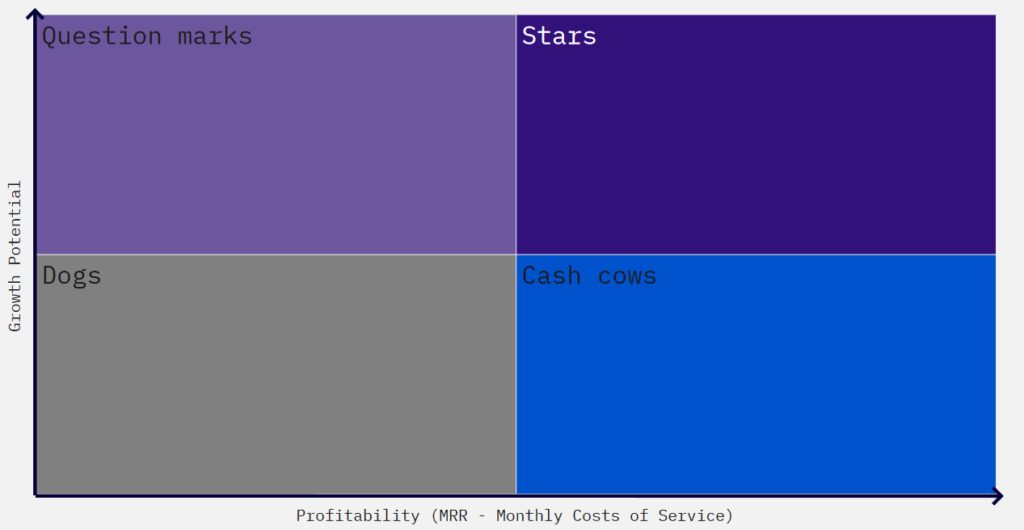The Untold Story of Inverse Churn
I can read thoughts. Right now, you are thinking: What the hell is Inverse Churn Am I right? Don’t worry if you are not familiar with, so far it looks like I am the only one using that term. The inverse is just a fancy word for the opposite.
Regular churn is when a customer decides to break up with you against your wishes. Now, the opposite is when a customer does not break up despite your wishes (whether you are aware of or not).
Another, far less fancy, term for that kind of customer could be “pain in the ***”. A customer who (likely) keeps complaining, hogs customer support and success night and day and pays little in return.
Stop Leaking Money
Because chances are, the costs of dealing with the customer are higher than their MRR. That means that every month the customer stays you are loosing money.
If you operate fully bootstrapped – this is a huge red flag. But even when you’ve got basically unlimited funds at your hands to grow at all costs you should not keep these kinds of customers.
Because even then your human resources are limited and you create high opportunity costs. So while your customer support and customer success managers are busy dealing with a bad-fit customer they could spend the time with a highly profitable one instead. A customer who does not only contribute positive margins but comes with sufficient upselling potential.
And besides the financial issue, dealing with that kind of customer is also a morale killer. If you consider yourself a strong CS leader or work for some, the customer should get fired.
All in good consideration
However, you should never fire a customer without carefully analyzing the situation. Because there may be just one little domino that needs to be pushed and everything goes away. The ugly truth is that most SaaS companies have no idea who their customers really are.
When I’m talking about the “who” I mean having complete customer profiles with all datain one place – CRM, financials, product feedback, support tickets and most importantly – the customer’s actual success etc. That’s a real 360° customer view.
Only when you have the full context you’ll understand why a customer has a continously extraordinary demand for customer services. In most cases, the simple answer is because the customers are a bad-fit. They just haven’t realized it yet.
Evaluate your customers
A tool of great practical use to classify ALL your customers is the good-old BCG matrix featured below. With the matrix you look into your customers profitabiliy and how likely it is whether there’s a chance it will grow. It allows you to segment your customers for making qualified decisions and to better distribute your customer success resources.

The inverse-churn group is hereby represented by the “Dogs”. Their attributes are low profitability and low chances that it will change. These are the customers you’ll further look into. However, there are only 3 possible outcomes:
- You’ve misjudged their growth potential and you try find a way to trigger it (so your customers move into the profit zone)
- Keep the customer with a reduced scope of services (unlikely)
- Split up (most likely)
Conclusion
It’s never easy to let customers go. But like in all relationships, it’s better to have a good split rather than staying together unhappy.
The way I recommend you to end mutual dissatisfying relationships is to simply state the obvious – that you feel the ongoing extraordinary high demand for support and success services results from a customer-product-misfit.
Go even a step beyond and recommend a competitor who might be a good fit. It always pays off to be recognized in positive ways.
